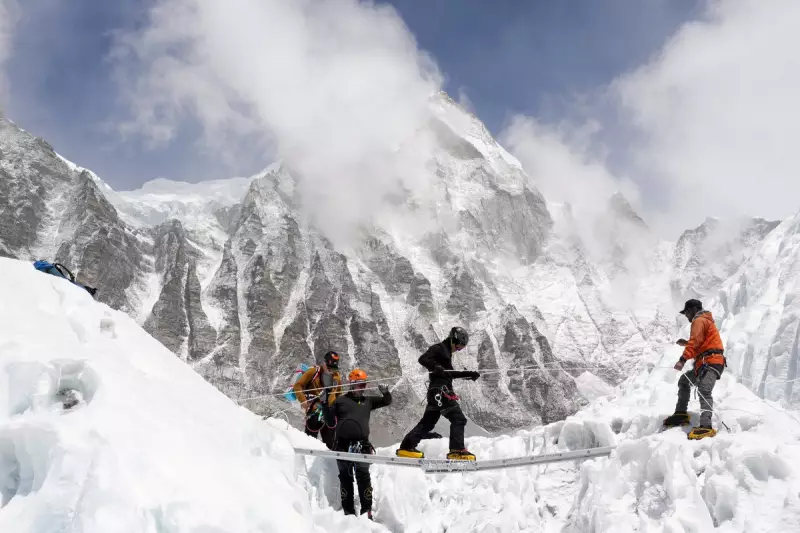
In a bold move to revitalise tourism in its remote regions, Nepal has announced it will waive climbing permit fees for four Himalayan peaks, including the iconic Mount Everest. The initiative aims to draw adventure seekers to the less-frequented areas of Karnali and Sudurpaschim, boosting local economies and promoting sustainable tourism.
Why This Matters
The Nepalese government hopes this incentive will encourage climbers to explore beyond the well-trodden paths of Everest and Annapurna. By offering free permits, officials aim to distribute tourism revenue more evenly across the country, particularly in regions that have historically seen fewer visitors.
The Peaks in Focus
The waived fees apply to:
- Mount Everest (Sagarmatha)
- Mount Kanjirowa in Humla
- Mount Saipal in Bajhang
- Mount Api in Darchula
These peaks represent a mix of world-famous and lesser-known challenges, offering something for both seasoned mountaineers and those seeking new adventures.
Economic Impact
Tourism contributes significantly to Nepal's GDP, and the pandemic hit the sector hard. This initiative comes as part of a broader strategy to rebuild the industry while supporting remote communities. Local businesses, from tea houses to gear rental shops, stand to benefit from increased footfall in these regions.
Sustainable Tourism Push
Officials emphasise that the free permits come with strict environmental guidelines. Climbers will be required to adhere to sustainable practices, including proper waste disposal and respect for local ecosystems. This balanced approach aims to protect Nepal's natural treasures while sharing them with the world.
The new policy takes effect immediately and will be reviewed after two years, allowing the government to assess its impact on both tourism numbers and local development.





